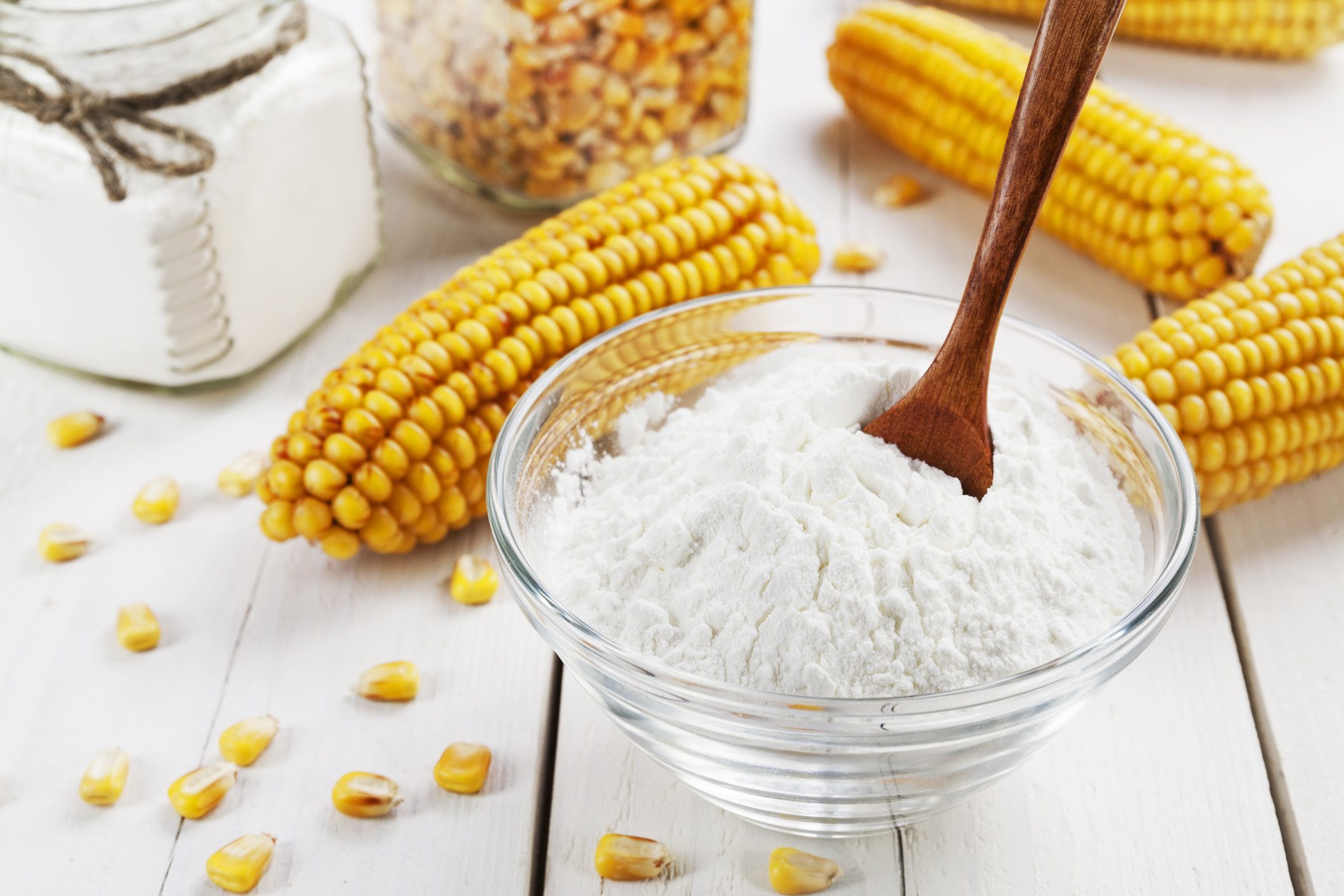Looking for more information on how to use cornstarch in your baked goods? Youre not alone. More and more bakers are swapping starches for flour in their recipes. If that sounds like you, then welcome to the starch club! While subbing in starches is on the rise, knowing which starch to use in your recipes can be the tricky part.
To help you on your journey into the use of starches, weve created this simple all-in-one guide on cornstarch. In this guide, youll discover where cornstarch comes from and how to use it. Weve even added in some recipes to get you started! Keep scrolling to learn all there is to know about baking with cornstarch.
First things first: lets discuss what cornstarch is and where it comes from. Cornstarch is one of the most versatile starches there is. Extracted from the starchy endosperm of corn kernel, its a white powdery substance that is virtually flavorless. Contrary to what some people think, corn starch and corn flour are not the same thing. It is a terrific ingredient for thickening sauces, puddings, soups and pie fillings, and is also used in many baked good recipes. It is often mixed with a small amount of cold liquid to create a slurry to thicken sauces. When added to cake, cookie, pie filling and shortbread recipes, cornstarch helps create a crumbly and tender dessert-like texture.
Commercially, cornstarch is often used as an anti-caking agent. When added to packaged goods like shredded cheese, cornstarch coats the cheese and helps to absorb moisture that would otherwise cause spoiling. This absorption process also helps prevent food from clumping over time. Additionally, it is used when making sugars, such as corn syrup.
The cornstarch gel traps the water it is made with, preventing it from reacting with the proteins in the flour. This lets you add water to the dough without risking further gluten development. So you get a tenderer, relaxed dough.

Use as a Thickening Agent
Cornstarch is often used as a thickening agent when added to soups, stews and gravies. Denser than flour, less cornstarch is needed to thicken a liquid to the desired consistency.
Heres how it works: when cornstarch is added to a recipe, the starch molecules work to absorb water and thicken the mixture. When heated, those molecules swell and consume even more of the liquid in the recipe. Upon thoroughly cooking, the starch in the mix will have expanded six to ten times its size. Once the mixture cools, these same molecules will set. The setting of these molecules can help further solidify the dough, which makes cornstarch a great thickening agent for gooey fillings like pies and puddings.
However, this molecule expansion is limited. While a cornstarch enriched recipe can be brought close to a boil, it should never be fully boiled. When cornstarch is exposed to too high of temperatures, the starch molecules will begin to deflate, and the mixture will return to its runny state.
Is Cornstarch Gluten Free?
If you have celiac disease or gluten sensitivity, you must be very careful about the ingredients you add to your recipes. Even if an ingredient is naturally gluten free, if its processed in a facility that is not, it could be contaminated and irritate those with gluten intolerance. Now, you may be wondering, is cornstarch gluten free? The simple answer is yes! When pure, cornstarch is 100% gluten free. Remember, cornstarch is derived from corn, not from gluten grains like wheat and rye.
Unfortunately, many manufacturers produce cornstarch in a gluten containing facility. To avoid gluten consumption, its important to purchase high-quality cornstarch that bears a gluten free label. Bobs Red Mill Cornstarch is manufactured in our dedicated gluten free facility. After processing, it is tested for gluten free integrity in our quality control lab. Aside from being gluten free, our cornstarch is also kosher and vegan. Committed to providing you with the most wholesome ingredients possible, we pride ourselves on the integrity and quality of each product we sell.
What does cornstarch do in baking?
FAQ
What happens if you add cornstarch to dough?
What is the purpose of cornstarch in baking?
What does cornstarch do when added to cookie dough?
What does cornstarch do in frying?
Why do you add cornstarch to a crust?
It also prevents the gluten in the flour from making the crust tough. The cornstarch also holds the fat in the dough, which helps to create a flaky crust. When properly added, the cornstarch will help to create a crisp and delicious crust. How Do You Prevent A Soggy Bottom Crust?
Is cornstarch good for health?
Cornstarch is not considered good for health. It is a popular ingredient used to thicken soups, stews, sauces and desserts. Cornstarch is high in calories and carbs but low in other important nutrients like protein, fiber, vitamins and minerals. It may also increase blood sugar levels and harm heart health. Cornstarch can be enjoyed in moderation, stick to 1-2 table spoons at a time and be sure to select varieties that are certified gluten free, if one is suffering from celiac disease or sensitivity to gluten.
Does corn starch make a good crust?
Corn starch is a simple and affordable ingredient that helps to create a light and airy crust that perfectly complements the sweet, tart, or savory filling. Not only does it help to develop the perfect texture, but it also assists in creating a crisp and golden brown crust.
How does cornstarch work?
Here’s how it works: when cornstarch is added to a recipe, the starch molecules work to absorb water and thicken the mixture. When heated, those molecules swell and consume even more of the liquid in the recipe. Upon thoroughly cooking, the starch in the mix will have expanded six to ten times its size.
